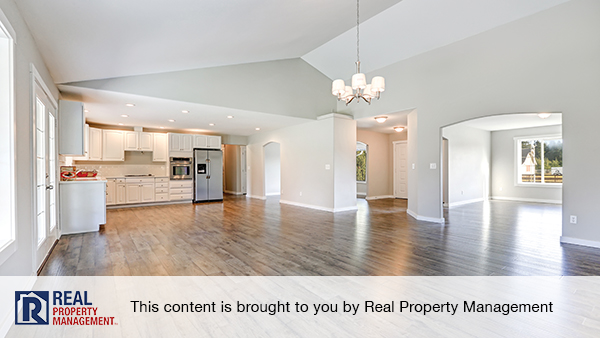Rental homes bear witness to the entire scope of human life. From birth to death and everything in between, it is important for a property owner to be prepared for all of life’s eventualities. When a tenant passes away in a rental home, there are a number of steps that a landlord must take to satisfy the lease, manage the tenant’s possessions, and fulfill their legal obligations.
While the specific actions you take may depend on both the language in your lease agreement as well as state and local law, in most cases a lease agreement doesn’t automatically terminate upon the death of the lessee. This means that you will need to do several things before you can legally take possession of the property.
1. Legally Enter the Home and Secure It
As a landlord, first you will need to make sure you have obtained the right to enter the home through proper legal channels, such as working with law enforcement and the courts as well as any executor or family present. You will also want to ensure the tenant’s possessions are secure. It’s a good idea to document the home and all personal property by either taking a video of the premises or making a list of items. Change all locks to keep the premises secure to keep the property intact until legal possession of items can be determined.
2. Document Appropriately
Accompany any persons who ask to enter the property, and document anything they request to remove, such as items needed for burial like clothing, photos, jewelry, or other items. Do not remove anything from the property yourself until you have clear instructions from the tenant’s estate or have followed all local laws concerning abandoned property.
3. Connect with the Executor of the Estate
Another important task is to establish communication with the executor of the estate or other lawful entity to obtain written notice of the tenant’s death. Once an executor has been named, you can give them the key to the property and let them manage the tenant’s personal property. At the same time, you’ll need to communicate with the executor about the time constraints regarding the lease. In most cases written notice of their death serves as a 30-day notice to end the lease.
4. Process the Security Deposit
The security deposit is another obligation that is important to handle properly. Based on where your rental home is located, it may be possible to use the deceased tenant’s security deposit to cover unpaid rent, repairs, and any other costs outlined in the lease. If using any portion of the security deposit, carefully follow statute and be careful to give the executor or other named responsible party a detailed list of all deductions. If the security deposit does not cover the cost of repairs, it will be necessary to work with the executor to obtain payment, if lawful in your location.
The death of a tenant is a delicate situation in many ways. Working with grieving relatives through a difficult process has the potential to go awry, as does dealing with personal property in a legal manner. As a landlord, you can negotiate these legal and potentially emotional situations yourself, or you can rely on the experts at Real Property Management who can handle the most challenging situations on your behalf.
























0 Comments